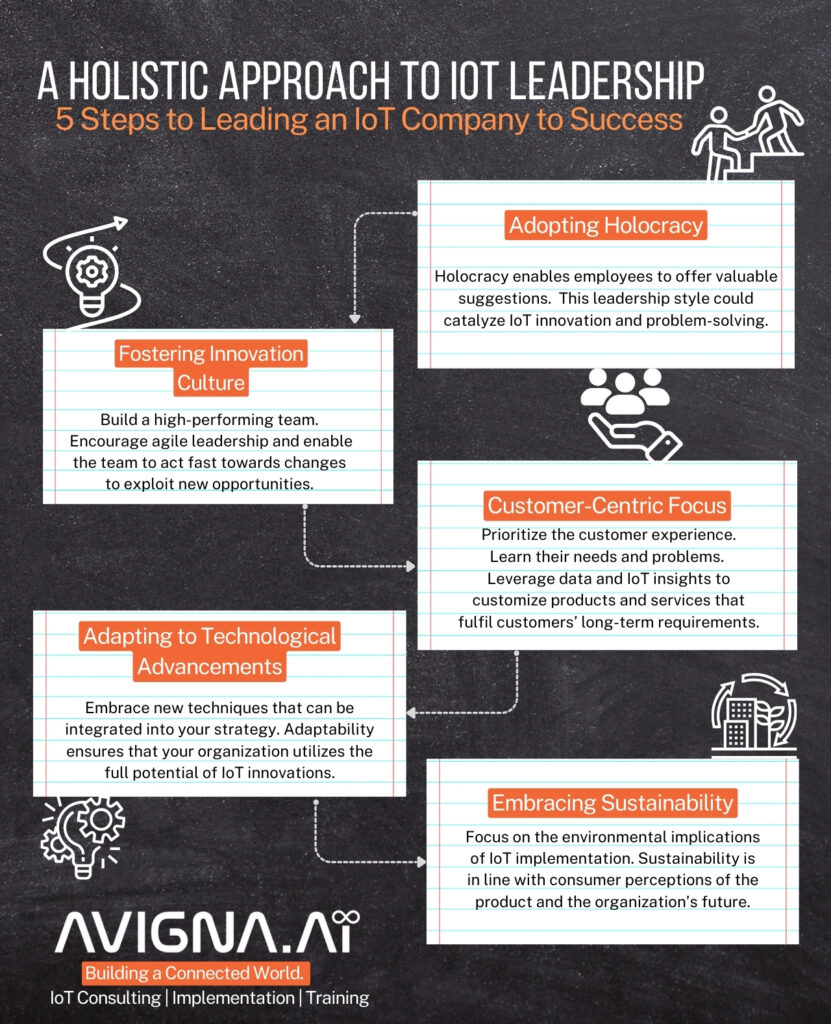Today, there is a growing demand for skilled technical personnel. In every niche of technological occupations, start-ups bring novel solutions while large companies rapidly move to digital innovations to remain competitive. Therefore, they need to have the top IoT leaders. It is an exciting time for new STEM graduates and experienced tech professionals to consider their career options since 70 percent of tech companies struggle to get enough skilled workers.
A new career you can build in the up-and-coming area of IoT. The IoT global market is quickly expanding. The problem is that IoT devices are getting cheaper, allowing us to think about how these devices can be applied on a big scale. Gartner has projected the IoT-related IT service market to be worth $58 billion in 2025 and grow at an aggressive CAGR of 34.0% from 2020 onwards. Although these figures may sound unbelievable, they make sense if you consider all the latent potential of IoT, which is still unrealized.
Leading in IoT is different; it is not only about technology but rather, it is the opportunity to transform businesses. MIT’s Sloan Executive Education blog, on the other hand, viewed IoT as an opportunity to lead and required a strategic approach that involved people and organizational transformation to prepare for IoT and wider digital changes.
In this blog, I will discuss leadership challenges in IoT, which include improving strategic thinking and risk tolerance, introducing agile IoT product development, formulating the IoT strategy and roadmap, designing the IoT ecosystem map and monitoring it, constructing a specific IoT capability, reducing barriers, and minimizing risks.
Education and Skills Required for IoT Roles
Education requirements usually differ when looking through job postings in the IoT field. Other companies do not indicate any educational prerequisites, while others may require a bachelor’s degree in areas, usually like computer science, software engineering, and information systems. Most often, a master’s degree, such as an MBA, is required.
Certification programs are available for those who wish to be IoT leaders. If you are already strong in IoT fundamentals, pursuing such advanced certification courses is a great start to becoming an IoT leader.
There are many possible directions on the way to the top IoT leadership positions, such as product manager, project manager, software engineer or architect, web development engineer, database designer, data scientist, IoT cloud engineer, and industrial engineer, among others.
Leadership Styles in the Field of IoT
IoT is an emerging field; hence, it demands innovative thinking and leadership style. This area of research also needs a new perspective, according to researchers. Dr. LauraAnn Migliore, in her blog on leadership and trust, opposes autocratic leadership because of the complex nature of IoT. On the contrary, she advocates for a Holocratic system in which power is delegated downwards from the company executives to employees.
According to other researchers, there should be the “connected” or the “networked” leadership style. According to a report by Stanton Chase, “Leadership in the Fourth Industrial Revolution,” a networked approach that seeks to enhance diversity, agile leadership, and ethical responsibility should be adopted.
Mastering the Skills for IoT Leadership
Special skills are essential for IoT to thrive as a leader. First, technical skills in IoT are crucial. This means that the complexities of the sensors, connectivity protocols, data analytics, and cloud computing need to be understood. In addition, cybersecurity skills are essential to protect IoT data and devices from threats.
However, leadership skills also hold great importance. For top IoT leaders to succeed, they must think strategically to deal with the highly complex IoT environment. Communication of vision and strategies will only be meaningful if they are conveyed effectively to diverse teams. Finally, flexibility is also essential since, in this domain, changes come very quickly, and problems continue to change.

Educational and Certification Pathways
A solid educational base must be laid down. Pursuing a computer science degree, electrical engineering, or IoT-specific programs helps you gain more knowledge. Numerous universities provide training in IoT with specific courses and degree programs.
Additionally, having IoT, project management, and cyber security certifications will add to your qualifications and show that you are serious about IoT leadership.
Gaining Practical Experience
To lead in the domain of IoT, hands-on experience is indispensable. Look for IoT project opportunities to work on, whether they occur in your present workplace or in your collaborations with companies that focus on IoT.
In addition, affiliation with IoT-based professional associations and forums is essential in this respect. Besides, take up internships and entry-level positions to acquire practical insights about the industry.
Building a Strong Network
The leaders in IoT entail networking. Attend industry events, conferences, or webinars. The gatherings also provide opportunities to meet experienced people, mentors, and experts in the fields. A strong network enables the sharing of knowledge, joint work, and even possibilities of promotion in some cases.
The Role of CEO/CTO in IoT Companies
The roles of the CEO or CTO are complex in any IoT firm. Firstly, as a CEO, you should have a clear goal for the company’s endeavors in the field. Vision herein should reflect on the changes in the market and the changing customer demands. It is essential to create a culture of innovation whereby the team should think creatively and invent innovative IoT solutions.
You are crucial to the technical side of IoT leadership as a CTO. These include your decision to adopt or reject technology, how to design a product, and what type of cybersecurity measures to use. Have an energetic and multi-skilled team in place to handle the intricacies that come with IoT projects.
Shifting Leadership Paradigms
The collaborative and dynamic nature of IoT could be different from a traditional autocratic leadership style. Take up a holocratic kind that is inclusive. Through this method, power is distributed within the organization, and employees are enabled to offer valuable suggestions. This leadership style could drive innovation and problem-solving in the case of IoT, where one does not have full-scale knowledge.
Fostering a Culture of Innovation
There is what is known as success in IoT leadership, which entails cultivating an environment that embraces creativity. Increase diversity in your organization since varying teams provide various views and ideas. Encourage agile leadership and enable the team to act fast towards changes to exploit new chances. Top IoT leaders should have an ethical orientation such that IoT solutions development and deployment are undertaken honestly and responsibly.
Adapting to Technological Advances
IoT is an ever-evolving area marked by numerous technological breakthroughs. Leaders in IoT need to keep up with these developments. Embrace new techniques that can be integrated into your strategy. Such agile leadership will ensure that your leadership is up to date and that your organization will utilize the full potential of IoT innovations.
Building a High-Performing Team
Hire people with different skills to represent IoT’s features. Grow a cooperative culture that fosters innovation and solutions. Build a successful company by empowering your team.
Customer-Centric Focus
Prioritize the customer experience. Learn their needs and problems. Leverage data and IoT insights to customize products as well as services that will suit customers’ needs for long-term satisfaction.
Embracing Sustainability
Focus on the environmental implications of IoT implementation. Champion sustainable practices that make waste and energy savings in the company. Sustainability is in line with consumer perceptions of the product and the organization’s future.
Success in the dynamism of IoT leadership demands technical expertise combined with adaptive capabilities and a broad viewpoint. The ability to master these elements makes the professionals and entrepreneurs leaders in IoT who lead their organizations to success in this developing field.

Conclusion
The path to leadership in the dynamic and changing IoT environment is diverse. Becoming an influential IoT leader requires professionals and entrepreneurs to learn appropriate skills, gain education and certifications, acquire practical experience, and adopt a holistic leadership style. CEOs and CTOs of IoT companies can guide their enterprises to greatness through effective team management, commitment to client fulfillment, and a dedication to environmental conservation. However, IoT leadership is a journey without end as it pertains to an area of transformation.
Avigna is a leading IoT firm. We provide 360-degree services and solutions in IoT. Discuss your IoT innovation with us. Contact us at queries@avigna.ai. Join our LinkedIn family.



